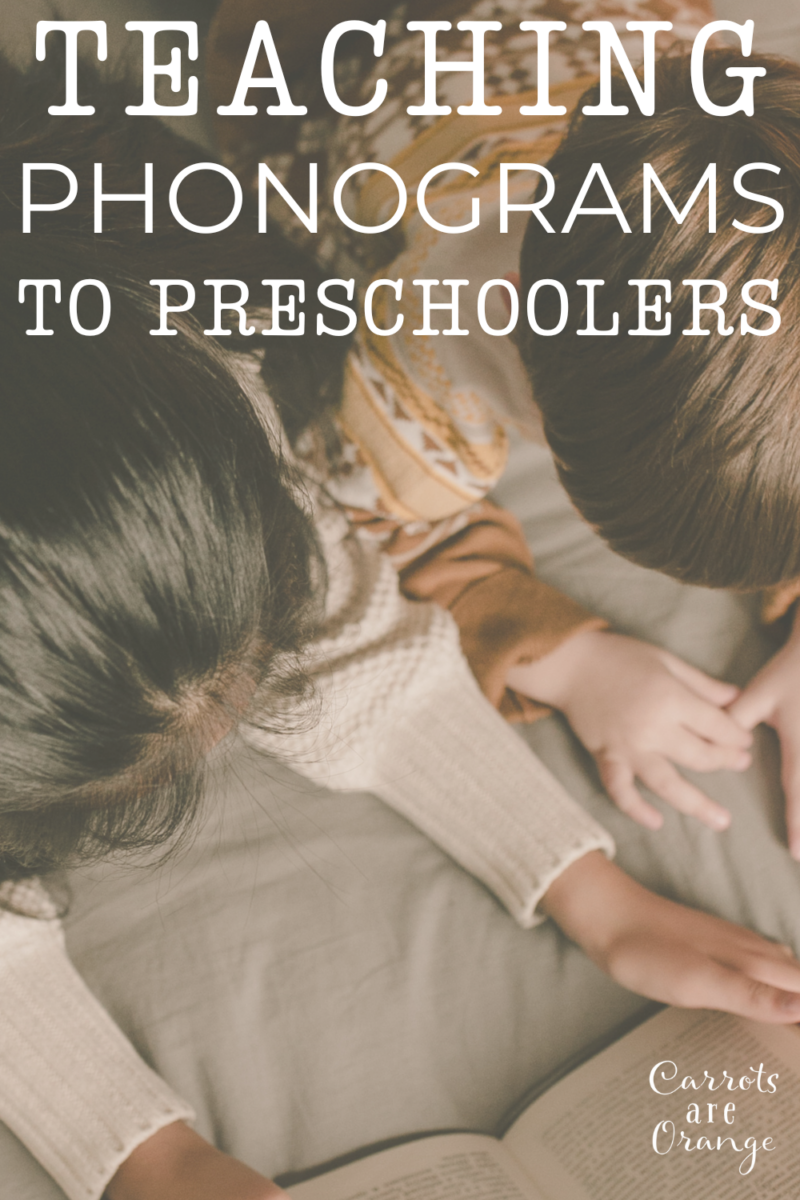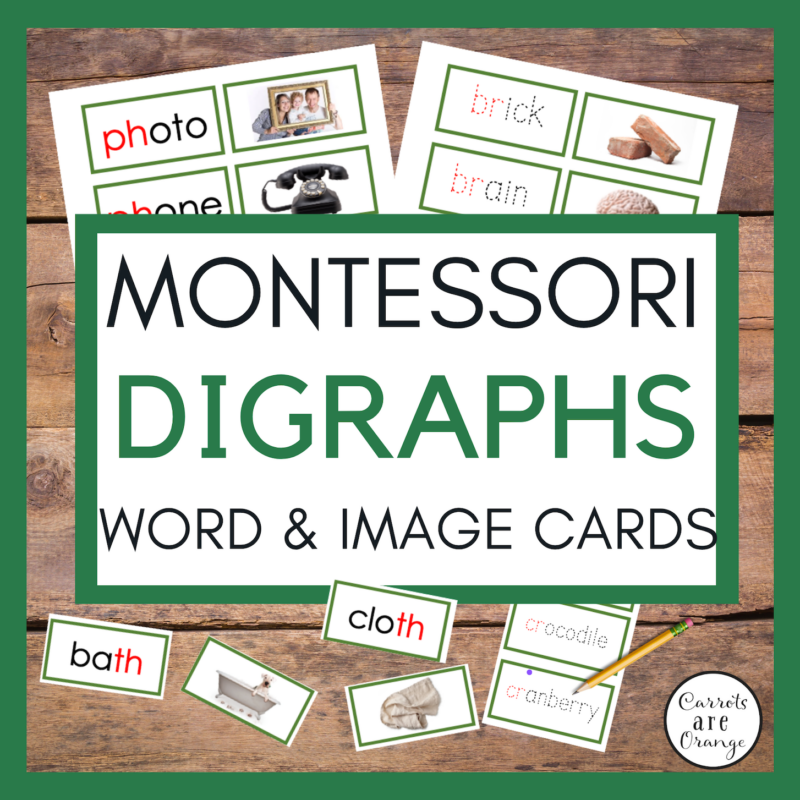Learning to read and write can be challenging for young learners, especially when it comes to digraph and phonograph sounds. These sounds involve two or more letters working together to create a unique sound and can be difficult to master.
However, with the right tools and techniques, children can become proficient in no time. Read on to discover how you can support your child’s language development and help them succeed in reading and writing.

Understand the Basics of Digraph and Phonograph Sounds
Before you can help your child master digraph and phonograph sounds, it’s important to understand the basics yourself. A digraph is a combination of two letters that make a single sound, such as “sh” or “th”.
A phonograph is a combination of three or more letters that make a single sound, such as “igh” or “ough”. These sounds can be tricky for young learners, but with practice and repetition, they can become second nature.

Phonograms versus Digraphs
Phonograms and digraphs are two terms that often get confused with each other. So, the question arises- Are phonograms digraphs? Well, the answer is no! Phonograms are groups of letters that represent sounds in a word.
On the other hand, digraphs consist of two letters that, when combined, create a new sound. So, while phonograms can be made up of digraphs, not all digraphs are phonograms. To better understand this concept, think of words like “light” and “freight.”
The “gh” in both words creates a new sound, but it’s not a distinct sound that we associate with “g” or “h.” Hence, “gh” is a digraph, but not a phonogram!
What are Phonograms?
Phonograms are the building blocks of reading and writing. They are letter combinations that produce specific sounds. The basic phonograms consist of short vowel sounds, consonants, and digraphs. Short vowel sounds are represented by the letters a, e, i, o, and u.
Phonograms are symbols or groups of symbols that represent a sound or group of sounds in a language. They are an important part of reading and writing, as they help us to recognize and decode words.
Phonograms can be made up of letters, combinations of letters, or even whole words. For example, the phonogram “ch” represents the sound /tʃ/ in words like “chair” and “church.”

Consonants are letters that produce sounds when they are pronounced. Digraphs are two letters that combine to produce a single sound. Some examples of digraphs include ‘sh’, ‘ch’, and ‘th’.
Understanding phonograms is essential in developing reading and writing skills. Once these sounds are mastered, children can start identifying words and reading fluently.
Types of Phonograms and Examples
There are many types of phonograms in the English language, each with its own unique sound and spelling.
Some common examples include the “ai” phonogram, which makes the long “a” sound as in “rain,” the “ou” phonogram, which makes the “ow” sound as in “house,” and the “tion” phonogram, which makes the “shun” sound as in “action.”
By learning these phonograms and their corresponding sounds, readers can quickly and easily decode unfamiliar words and improve their reading skills.

What are Digraphs?
A digraph is a term commonly used in linguistics and refers to a pair of letters that represent a single sound. As such, digraphs combine two letters to create a distinct sound that cannot be produced with a single letter.
The most familiar digraphs in the English language are “sh,” “ch,” “th,” “wh,” and “ph,” but there are others as well. These letter pairs are crucial in learning how to read and write, and they have a substantial importance in the world of phonics.
Understanding digraphs can greatly enhance one’s communication abilities and open up a world of literacy.
How to Teach Phonograms to Children
Teaching phonograms to children can be a fun and interactive process. Start by introducing them to the most common phonograms and their corresponding sounds. Use flashcards, games, and other activities to help them practice identifying and reading words with these phonograms.
Encourage them to use phonograms when reading and writing, and provide positive reinforcement for their progress. With consistent practice and support, children can become confident and skilled readers.

Use Visual Aids to Reinforce Learning
Visual aids can be a powerful tool in helping your child master digraph and phonograph sounds. Use flashcards, posters, or even videos to help your child associate the sound with the corresponding letters.
You can also create a visual chart or diagram to help them see the patterns and relationships between different sounds. By engaging multiple senses, you can reinforce learning and help your child retain the information more effectively.
Practice, Practice, Practice
Like with any skill, practice is key to mastering digraph and phonograph sounds. Encourage your child to practice reading and writing words with these sounds as often as possible. This set of digraph learning activities is a great start!
You can create fun games or activities to make it more engaging, such as a scavenger hunt for words with specific sounds or a race to see who can write the most words with a certain digraph.
With consistent practice, your child will become more confident and proficient in using these sounds in their language.
Incorporate Games and Activities to Make Learning Fun
Learning digraph and phonograph sounds can be challenging for young learners, but incorporating games and activities can make it more enjoyable and effective.
Try playing games like “I Spy” where your child has to identify words with specific sounds or create a scavenger hunt for words with certain digraphs.
You can also make it a race to see who can write the most words with a certain sound. By making learning fun, your child will be more engaged and motivated to practice and improve their language skills.


